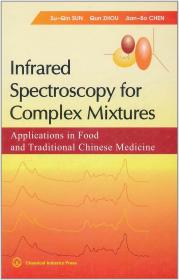
Infrared Spectroscopy for Complex Mixtures:Applications in Food and Traditional Chinese Medicine
复杂混合物的红外光谱学:在食品和中药分析中的应用(英文版)
¥ 68 4.0折 ¥ 168 九五品
仅1件
作者孙素琴 著
出版社化学工业出版社
出版时间2011-10
版次1
装帧精装
货号O2
上书时间2018-04-01
- 在售商品 暂无
- 平均发货时间 9小时
- 好评率 暂无
- 店主推荐
- 最新上架
商品详情
- 品相描述:九五品
-
出版社: 化学工业出版社; 第1版 (2010年1月1日)
外文书名: Infrared Spectroscopy for Complex Mixtures:Applications in Food and Traditional Chinese Medicine
精装: 235页
语种: 英语
开本: 16
ISBN: 9787122115072, 7122115070
条形码: 9787122115072
商品尺寸: 24.2 x 17.2 x 1.8 cm
商品重量: 522 g
- 商品描述
- 《复杂混合物的红外光谱学:在食品和中药分析中的应用(英文版)》内容简介:It is generally not safe to draw a conclusion from incomplete data, which is right for analytical chemistry. More information concerning unknown samples is available, more accurate assessments can be acquired. For complex mixtures, such as pharmaceuticals, foodstuff, materials, biological samples and so forth, which the daily analytical chemistry copes with, it usually requires demanding analytical methods and costs a large number of labor, time and money to obtained complete information concerning every component. On the other hand, mixture samples may be incorrectly determined if only information concerning several components is provided by simple analytical procedures and the other components are not taken into account. Is there a compromise between laborious methods required for complete information and easy methods leading to inaccurate conclusions in mixture analysis?
图书标准信息
- 作者 孙素琴 著
- 出版社 化学工业出版社
- 出版时间 2011-10
- 版次 1
- ISBN 9787122115072
- 定价 168.00元
- 装帧 精装
- 开本 16开
- 纸张 胶版纸
- 页数 235页
- 字数 321千字
- 正文语种 英语
- 【内容简介】
- Itisgenerallynotsafetodrawaconclusionfromincompletedata,whichisrightforanalyticalchemistry.Moreinformationconcerningunknownsamplesisavailable,moreaccurateassessmentscanbeacquired.Forcomplexmixtures,suchaspharmaceuticals,foodstuff,materials,biologicalsamplesandsoforth,whichthedailyanalyticalchemistrycopeswith,itusuallyrequiresdemandinganalyticalmethodsandcostsalargenumberoflabor,timeandmoneytoobtainedcompleteinformationconcerningeverycomponent.Ontheotherhand,mixturesamplesmaybeincorrectlydeterminedifonlyinformationconcerningseveralcomponentsisprovidedbysimpleanalyticalproceduresandtheothercomponentsarenottakenintoaccount.Isthereacompromisebetweenlaboriousmethodsrequiredforcompleteinformationandeasymethodsleadingtoinaccurateconclusionsinmixtureanalysis?
- 【目录】
-
Chapter1IntroductiontoInfraredSpectroscopy
1.1Introduction
1.2PrincipleofInfraredSpectra
1.2.1GenerationofMelecularSpectra
1.2.2DiatomicMolecules
1.2.3PolyatomicMolecules
1.3InfraredSpectrometers
1.3.1DispersiveandFTIRspectrometers
1.3.2InfraredSourcesandDetectors
1.4MeasurementofInfraredSpectra-Sampling
1.4.1TransmissionMethods
1.4.2SamplingAccessories
1.4.3HyphenatedTechniques
1.5ProcessingofInfraredSpectra
1.5.1UnitConversion
1.5.2BaselineCorrection
1.5.3Smoothing
1.5.4OtherManipulations
1.6InterpretationofInfraredSpectra
1.6.1VibrationalModes
1.6.2GroupFrequencies
1.6.3InterpretationPrinciples
1.7Summary
References
Chapter2InfraredSpectroscopyofComplexMixtures
2.1Introduction
2.2SchemesforMixtureAnalysis
2.2.1GeneralGuidelines
2.2.2MixtureAnalysisandSeparation
2.2.3MixtureAnalysisthroughSeparationandCombination
2.3PrincipleofInfraredSpectraAnalysisofMixtures
2.3.1InfraredSpectralMacro-fingerprints
2.3.2DifficultiesinMixtureAnalysisbyIR
2.3.3MethodsforMixtureAnalysisbyIR
2.4AnalysisofMixturesbyIR
2.4.1AnalysisofFood
2.4.2AnalysisofTraditionalChineseMedicine
2.5AdvantagesofInfraredSpectroscopy
2.6Summary
References
Chapter3Tri-StepIdentification
3.1Introduction
3.2ThePrimaryIdentification
3.2.1QualityofInfraredSpectrometers
3.2.2SelectionofSamplingTechniques
3.2.3EvaluationofMeasuredSpectra
3.3TheSecondaryIdentification
3.3.1PrincipleofDerivativeSpectroscopy
3.3.2PropertiesofDerivativeSpectroscopy
3.3.3SecondDerivativeInfraredSpectraofMixtures
3.4TheTertiaryIdentification
3.4.1TheoryofTwo-dimensionalCorrelationSpectroscopy
3.4.2PropertiesofTwo-dimensionalCorrelationSpectra
3.4.3Two-dimensionalCorrelationSpectraofMixture
3.5Summary
References
Chapter4Macro-Interpretation
4.1Introduction
4.2InterpretationofMajorComponents
4.3InterpretationofSpecificComponents
4.3.1SugarsinMilkPowders
4.3.2InorganicCompoundsinTCM
4.3.3ActiveCompoundsinTCM
4.4InterpretationofRelativeContents
4.5Summary
References
Chapter5IntelligentAnalysis
5.1Introduction
5.2SpectralSearch
5.3ObjectiveRecognition
5.3.1QuantitativeSimilarity
5.3.2UnsupervisedMethods
5.3.3SupervisedMethods
5.4QuantitativeAnalysis
5.4.1Introduction
5.4.2UnivariateLinearRegression
5.4.3MultivariateLinearRegression
5.4.4EvaluationandOptimizedoftheModel
5.5Summary
References
Chapter6IdentificationofTCMRawMaterials
6.1Introduction
6.2GenuineandCounterfeitTCMMaterials
6.2.1GlycyrrhizaeRadixetRhizoma
6.2.2SaposhnikoviaeRadix
6.2.3CodonopsisRadix
6.2.4CorniFructus
6.3WildandCultivatedTCMMaterials
6.3.1GinsengRadixetRhizoma
6.3.2SalviaeMiltiorrhizaeRadixetRhizoma
6.4TCMMaterialsfromDifferentAreas
6.4.1DioscoreaeRhizoma
6.4.2SalviaeMiltiorrhizaeRadixetRhizoma
6.4.3AngelicaeDahuricaeRadix
6.4.4PaeoniaeRadixRubra
6.5Summary
References
Chapter7AnalysisofProcessedTCM
7.1Introduction
7.2InvestigationofProcessingMechanisms
7.2.1RehmanniaeRadix
7.2.2SophoraeFlos
7.2.3SinapisSemen
7.3MonitoringofDegreesofProcessing
7.3.1SophoraeFlos
7.3.2ChrysanthemiFlos
7.3.3ViticisFructus
7.4DiscriminationofProcessingMethods
7.4.1RehmanniaeRadix
7.4.2RheiRadixetRhizoma
7.4.3CoptidisRhizoma
7.5Summary
References
Chapter8QualitativeandQuantitativeAnalysisofTCMPreparations
8.1Introduction
8.2TCMExtracts
8.2.1AngelicaeSinensisRadixExtract
8.2.2PaeoniaeRadixAlbaExtract
8.3TCMLiniments
8.3.1ErTianOil
8.3.2RedFlowerOil
8.4TCMFormulaGranules
8.4.1CarbohydrateExcipients
8.4.2SalviaeMiltiorrhizaeRadixetRhizomaGranule
8.4.3ProductStabilityMonitoring
8.5TCMInjections
8.5.1QingKaiLingInjection
8.5.2AstragaliRadixInjection
8.5.3ShuangHuangLianPowderInjection
8.6Summary
References
AppendixInfraredAbsorptionFrequenciesforCommonCompounds
ⅰ.Alkanes
ⅱ.Alkenes
ⅲ.Alkynes
ⅳ.AromaticRings
ⅴ.AlcoholsandPhenols
ⅵ.CarbonylCompounds
ⅶ.Amines
ⅷ.OrganiccompoundscontainingX,Si,B,SandP
ⅸ.InorganicIons
-

【封面】
-

-

-

-

-

-

-

相关推荐
-
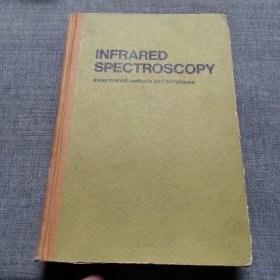
INFRARED SPECTROSCOPY
八品衡水
¥ 12.00
-
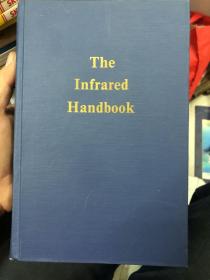
The Infrared Handbook
九品天津
¥ 250.00
-

APPLIED INFRARED SPECTROSCOPY
八五品北京
¥ 30.00
-

SADTLER STANDARD INFRARED GRATINGSPECTRA
八品沈阳
¥ 40.00
-

INFRARED RADIATION 红外辐射
八五品上海
¥ 25.00
-

Infrared radiation 红外辐射
八品昆明
¥ 20.00
-
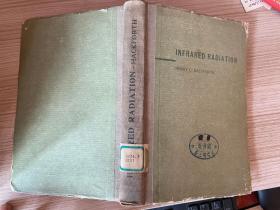
Infrared radiation 红外辐射
七五品孝感
¥ 25.00
-

infrared radiation 精 6407
八五品北京
¥ 64.00
-

modern infrared technology 6416
八五品北京
¥ 11.00
-

infrared radiation 精 6407
八五品北京
¥ 46.00
— 没有更多了 —









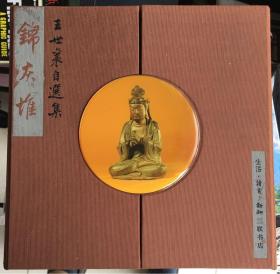
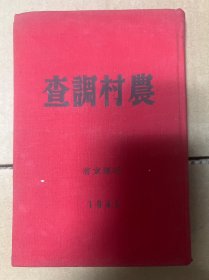
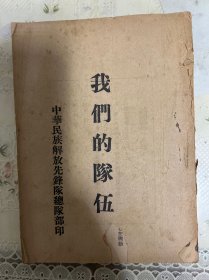

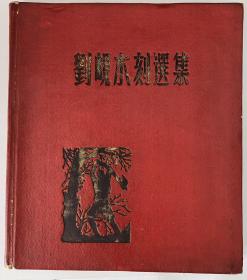
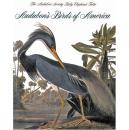


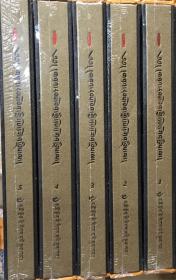












以下为对购买帮助不大的评价